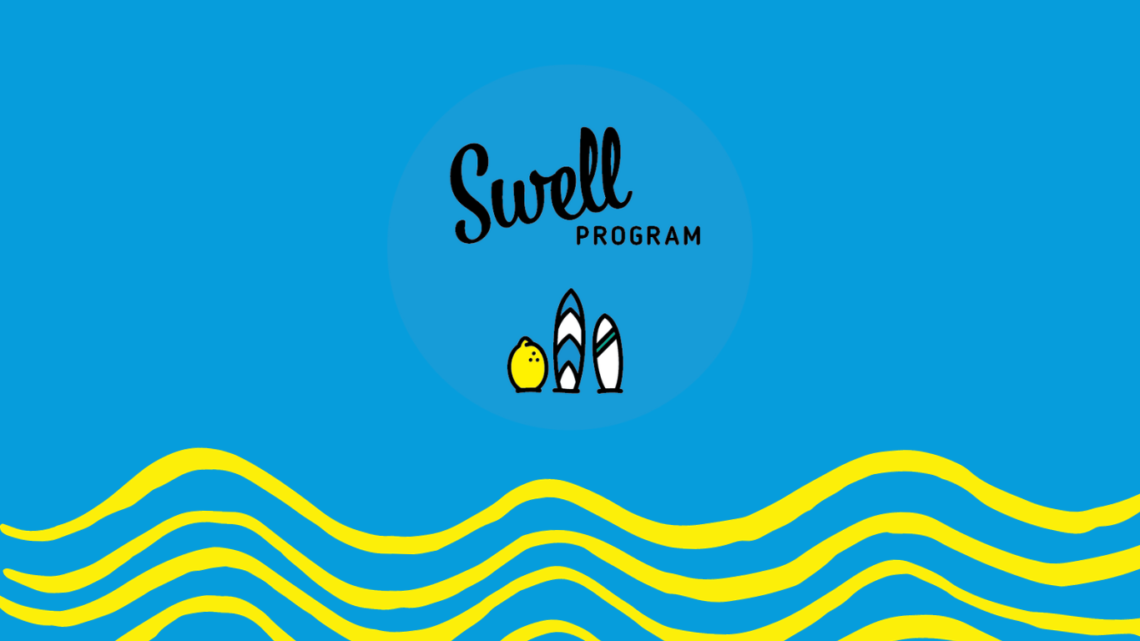If you are seeking wise start-up advice for a new business, you might well wonder what the headline for this blog is talking about. Bear with us while you consider these two possibilities…
– Should you start up a business doing something you’re good at?
– Should you start up a business doing something you enjoy?
For many people, their answer to either or both of these questions might be a resounding ‘yes’. It would seem not only to make sense to maximise their talents, but to have as much fun as they can while doing so.
The difference between inside-out and outside-in
Positive responses to the questions we’ve just asked would suggest that a person is considering setting up a business while looking from the inside out. Of course, making the most of their skills in an environment where they can expect to thrive is a positive. However, this can also lead to two key dangers when trying to develop such a business. The owner can spend too much time simply focusing on using their skills at making products or delivering services (the pleasurable activities) and use these as excuses to neglect all the other areas to be tackled when starting and developing a businesses. This is the inside-out perspective mentioned in the title.
The opposite approach – outside-in – is to assess the marketplace, identify a gap, and then create a business to fill it. The owner might have little or no experience of the skills or talents needed to create the actual product or successfully deliver the service, but they can build a team who can cover these needs. This is more hands-off than many people would want to be when starting a business.
The obvious solution
The answer, from the above possibilities, is to strike a balance between simply toiling within a new business and working on the areas it needs to then develop. Marrying their use of skills and talents with a clear eye to what needs to be achieved could be compared to an artist who, from time to time, deliberately stands back from their canvas to gain a clearer perspective.
Making use of ‘outside’ expertise from others is also valuable; one of our values at Lemonade Beach is that ‘Two Heads are Better than One’ meaning we work with clients to offer an external viewpoint and collaborative approach to problem solving. Sometimes you just need someone to bounce an idea around with – we can also help you visualise the financials behind your idea if you want something more solid before investing in your business.



